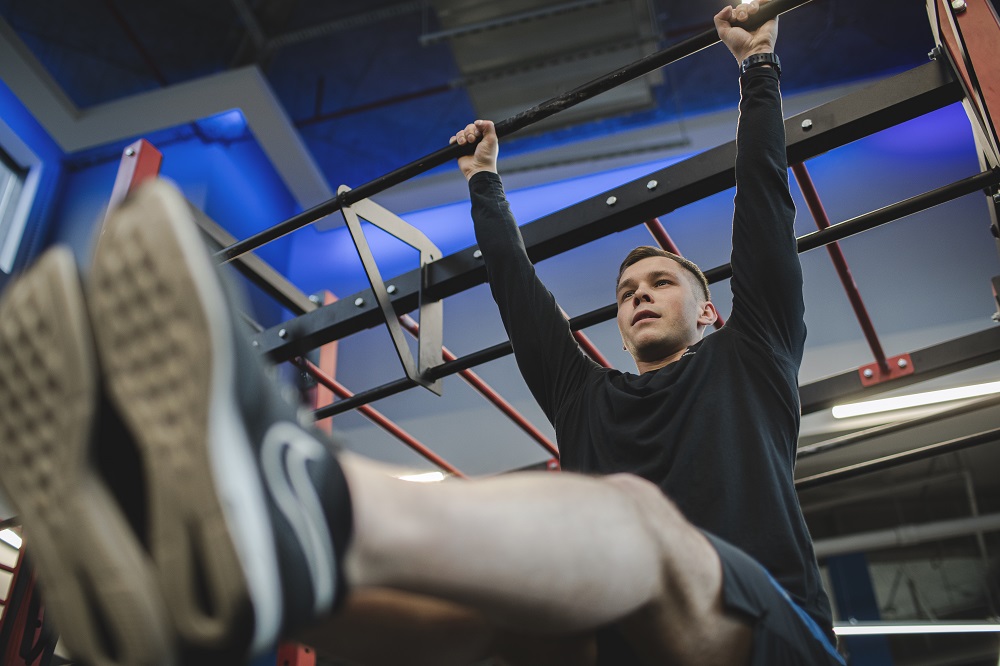The ski season is fast approaching. To make fun on the slopes a real pleasure, take care of your fitness before planning a trip to the mountains. By staying in good shape, you will not only protect yourself from injury, but also get as much fun as possible from skiing. We advise what and how to exercise to prepare your muscles for this extremely demanding discipline.
WHAT IS THE SO-called “DRY MORTAR”?
Skiing is a discipline that requires really good physical fitness. While skiing, muscles work specifically – they are actually tense all the time. The skier must constantly adjust his body position to the changing conditions on the slope – weather or terrain. It requires dynamism and coordination, and the lack of these features not only makes driving less fun than we expected, but also puts us in danger. We usually go to the slope once a year, so if the rest of the time we did not do sports regularly, we may run out of breath the first time we go down. Shortness of breath is not the only thing that threatens an unprepared body – troubles are caused by, for example, monstrous soreness, due to which the madness in the snow ends faster than we planned. In order to avoid such a turn of events and take full advantage of the winter vacation, it is worth implementing skier training (off the slope, the so-called “dry mortar”) at least one month before the planned departure.
ATTRIBUTES OF A GOOD SKIER
The thighs, buttocks, back muscles and abdomen are working most intensively when skiing – and these are the parts that need strengthening. However, training before the ski season should be comprehensive and include not only strengthening exercises, but also endurance, coordination, balance and stretching exercises. Squats are a reliable exercise for strengthening the lower body parts (biceps, quadriceps and gluteal muscles). Those with a jump also work on the calves, while squats on one leg or unstable surface help to work on balance. A simple but effective exercise is also all the variations on the supports – they not only strengthen the abdominal muscles, but also stabilize the torso. We will also strengthen the body by including exercises with the use of a ball or a BOSU platform in the training plan. Well-trained muscles of the calves, buttocks, thighs and torso have an impact on coordination, which is very important during skiing, because it allows you to efficiently change position, e.g. if you need to avoid an obstacle. Skier training also involves improving the overall condition – aerobic exercise will improve the functioning of the respiratory and blood systems, which are responsible for muscle endurance and faster removal of soreness. When training before the ski season, do not forget about your hands – they will help stabilize your figure while skiing and maintain the correct ski posture. An indispensable element of a skier’s training is stretching, and a warm-up before entering the slope.



